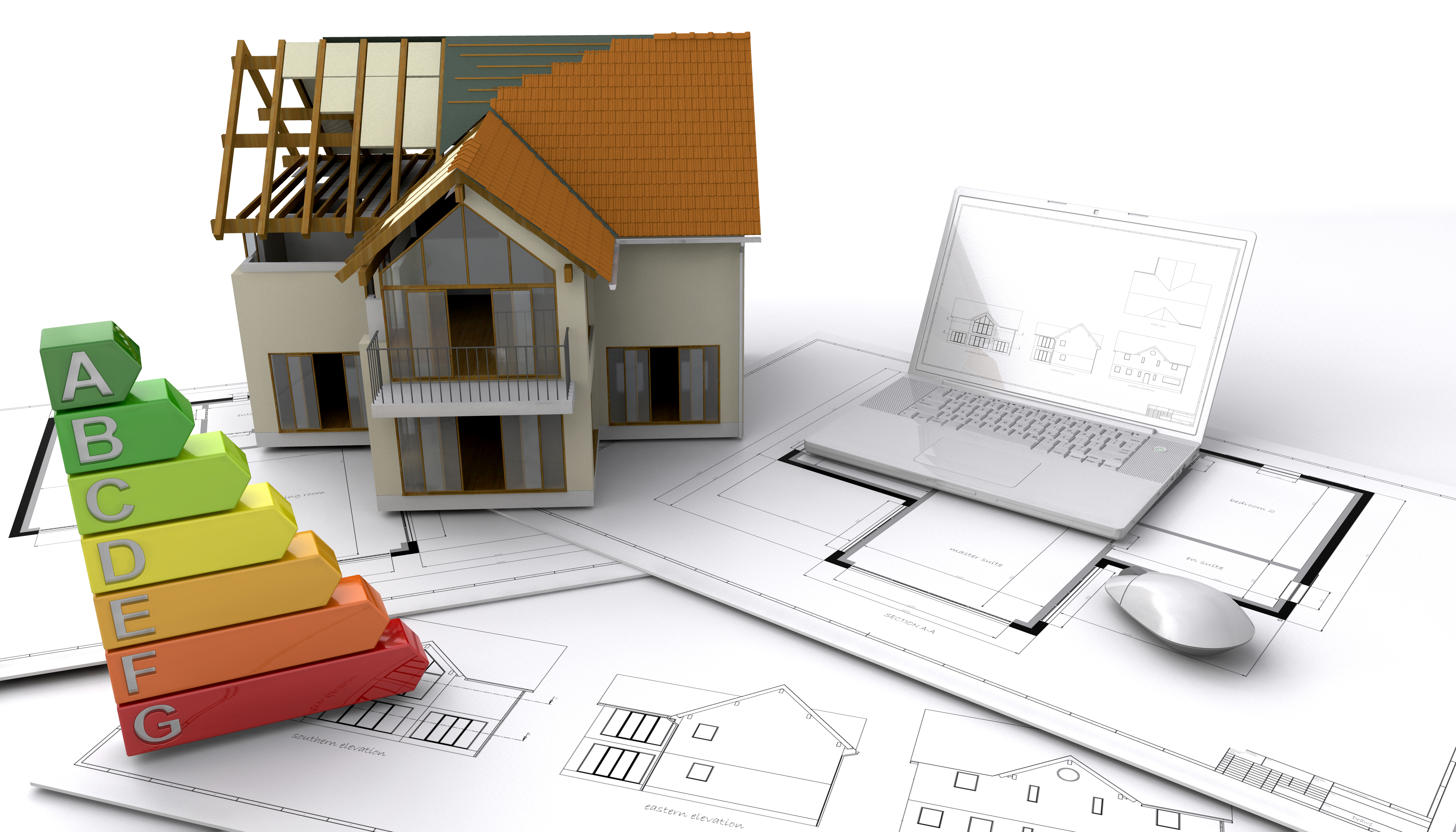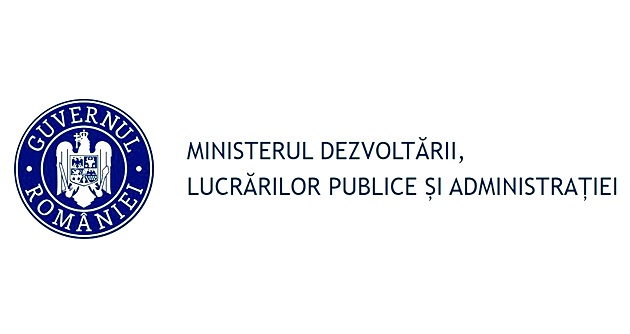651

Starting in 2025, the legislation on building energy performance certificates has been amended to align with the new European directives. According to the European Commission, buildings account for approximately 40% of total energy consumption and 36% of CO₂ emissions in the EU, justifying the introduction of stricter evaluation criteria.
Key changes and requirements
The main change is the introduction of nZEB (nearly Zero Energy Building) requirements for all new construction projects. These standards require almost zero energy consumption, with at least 30% of that energy coming from renewable sources. For public buildings with a usable floor area over 250 m², the energy certificate must be clearly displayed at the entrance.
Current context and compliance challenges
A report from Romania’s National Institute of Statistics (INS) shows that in 2024, only 22% of new buildings completed in the country met the nZEB standards—highlighting an urgent need for adaptation. Additionally, the legislation introduces a mandatory update of the energy certificate for every major renovation, with penalties ranging from 5,000 to 10,000 RON for non-compliance.
Digital monitoring and administrative tools
All data will be included in a national electronic registry, managed by the Ministry of Development, to streamline monitoring and reporting of progress toward the EU’s climate targets. For construction companies and developers, these changes mean closer collaboration with energy auditors and the early adoption of energy-efficient solutions during the design phase.
Conclusion
The updated legislation marks a significant step in Romania’s alignment with the EU Green Deal and long-term climate goals. While the transition presents challenges, it also opens the door to innovation, energy savings, and improved building quality in both the public and private sectors.
(Photo: Freepik)




